Queen warned of republican Paul Keating by Bill Hayden
Bill Hayden advised the Palace on ‘how to handle’ Paul Keating as the then PM launched his crusade for Australia to become a republic and was scheduled to meet the Queen in 1993.
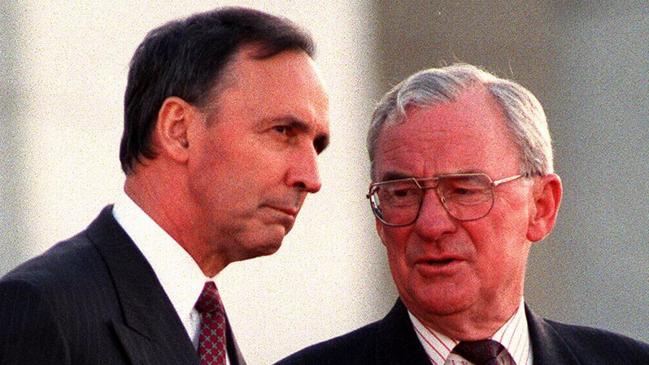
Bill Hayden advised Buckingham Palace on “how to handle” Paul Keating as the then prime minister launched his crusade for Australia to become a republic and was scheduled to meet the Queen at Balmoral in September 1993.
The then governor-general suggested Mr Keating might use the “tactic” of conveying the impression that the Queen “is comfortable about Australia becoming a republic” and thereby effectively “endorsing” Australia severing constitutional links with Britain.
“I would not rule it out,” Mr Hayden wrote in July 1993. “He is a shrewd and tough politician. The issue of republicanism is a very handy one for him. If he can get it to really take off, it would be a gift from heaven for him … Distractions like taxes, unemployment, performance of the economy and so on would tend to disappear.”
These secret vice-regal letters to the Queen are now open for access at the National Archives of Australia. They report political issues, canvass policy matters and assess key government and opposition figures.
Many of the letters focus on Mr Keating’s push for a republic and the campaign by the Australian Republican Movement.
Mr Hayden, whose appointment as governor-general was controversial because of his party’s republican sympathies, advised Buckingham Palace on how to counter republicanism. “If you would wish me to explore some implications of this matter, for instance, with some suggestions on what might be done in response to this trend, I would be happy to bring forward some suggestions,” Mr Hayden wrote in July 1991.
Sir Robert Fellowes, the Queen’s private secretary, said the monarch would be grateful for the advice. “It is quite clear that the Queen and her family must nurture their links with Australia,” he responded. “The case for the Crown will not go by default even without royal visits, but, with them, it will, I suppose be reinforced.”
In April 1992, Mr Hayden frankly told the Queen there had been an “erosion of support for the role of the Crown” in Australia and “recent publicity” about scandals involving members of the royal family had also caused “much damage” to the “mystique” of the institution. He argued the crown had to be made relevant to Australians.
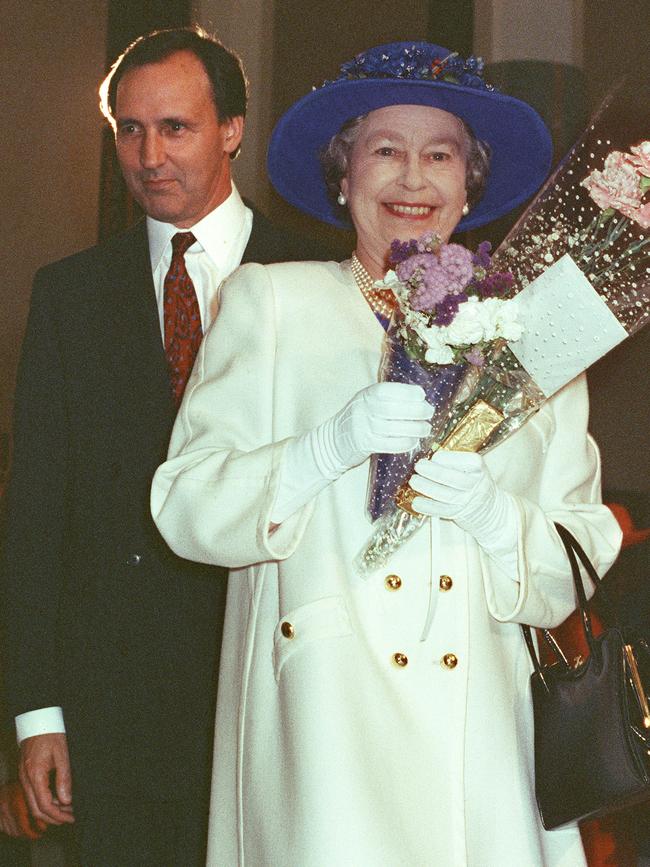
In future years, Mr Hayden was sceptical about republican plans succeeding. In July 1995, he told the Queen that Mr Keating’s republicanism was seen by voters as “a stunt to direct their attention away from the central issues which worry them”.
After Mr Keating guided the Queen at a Parliament House function, Sir Robert asked in April 1992 if Mr Keating’s republicanism and calling for a new flag was “the catalyst” for the trend “toward republicanism” in Australia or “did he consciously give it a shove in the direction he wanted it to go?” Mr Hayden reported that Mr Keating was “fuming at the criticism of him and his wife” during the Queen’s visit.
The governor-general sent the Queen opinion polls, speeches and articles, along with detailed legal advice from solicitor-general Gavan Griffith on potential constitutional and legal changes, that was welcomed in London.
The Queen was concerned about “the hideous possibility” that some states might retain the monarchy while the commonwealth became a republic. She believed this would be “divisive” for Australians. “I have no doubt that Her Majesty would be most reluctant to see such moves being made,” Sir Robert wrote in June 1995.
Ahead of the 1993 election, Mr Hayden reported to the Queen that the Keating government would likely suffer “a severe defeat”. This was a misjudgment. Before the 1996 election, Mr Hayden accurately predicted the Keating government would lose power. He said there was “a high level of opposition” to Mr Keating’s “personal style” and the government had “run out of sparkle”.
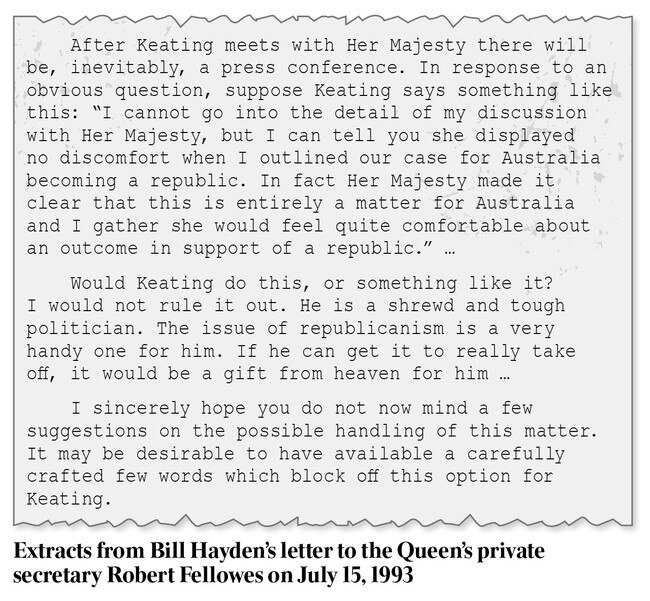
Mr Hayden admired Mr Keating and regarded him as a personal friend. “Socially he is a very agreeable companion,” he wrote in April 1993. “He has a good sense of humour, and both he and his wife really are quite charming people … he is a very tough minded individual; he is ambitious, hard driving and determined when he sets himself an objective.”
In November 1992, the governor-general described Mr Keating as a “spellbinding” politician who had revived Labor’s fortunes and was gaining ascendancy over Liberal leader John Hewson. He reported to the Queen: “By tough political brawling – and that is what it is – he has Hewson reeling about on the verge of a political t.k.o.”
Mr Hayden provided further assessments of the opposition. He correctly predicted that Alexander Downer would be replaced as Liberal leader due to several “gaffes”. He judged Peter Costello to be “too harsh” and “bitter” to be made Liberal leader. He noted that John Howard was a much tougher opponent.
“Howard is adopting the tactic of maintaining a low profile,” Mr Hayden wrote in December 1995. “The assumption, apparently, is that the public are so dissatisfied with the Keating government that the Coalition parties do not have to present policies or confront the government, but rather keep out of the public view.”
In the final letter Mr Hayden received from Buckingham Palace in February 1996, it was noted the Queen found his dispatches to be “informative, often amusing, and always succinct”. These “fascinating” letters, he was told, “will not be revealed for many many years hence, unless it be to the Queen’s own official biographer some years after her death.”



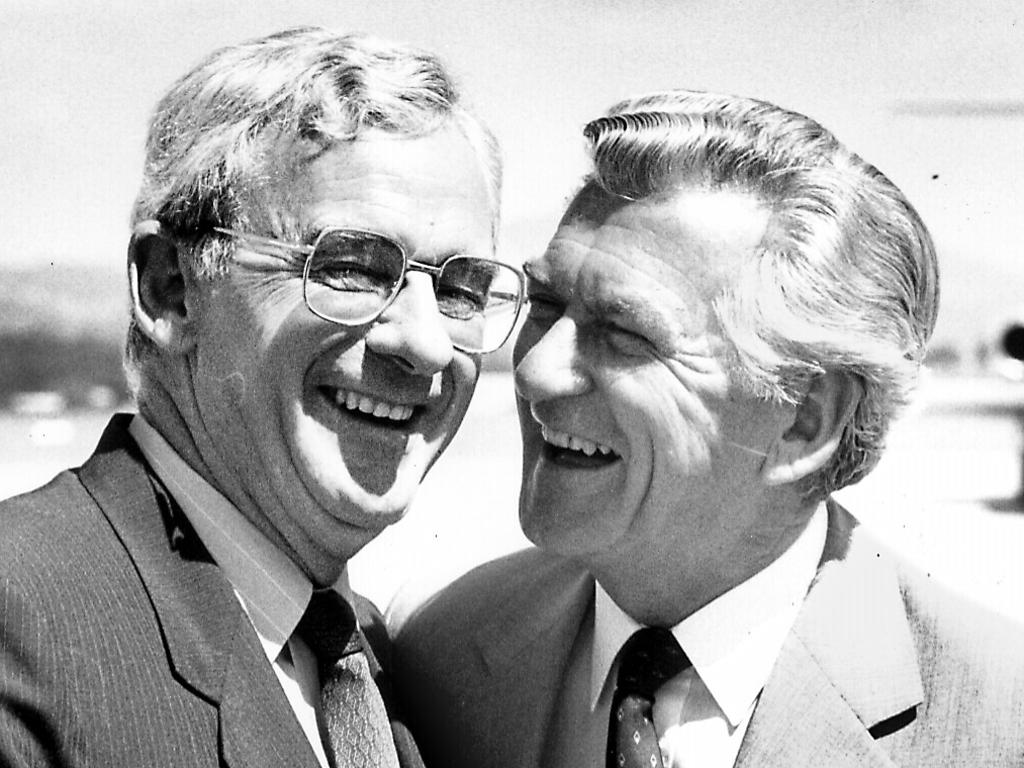

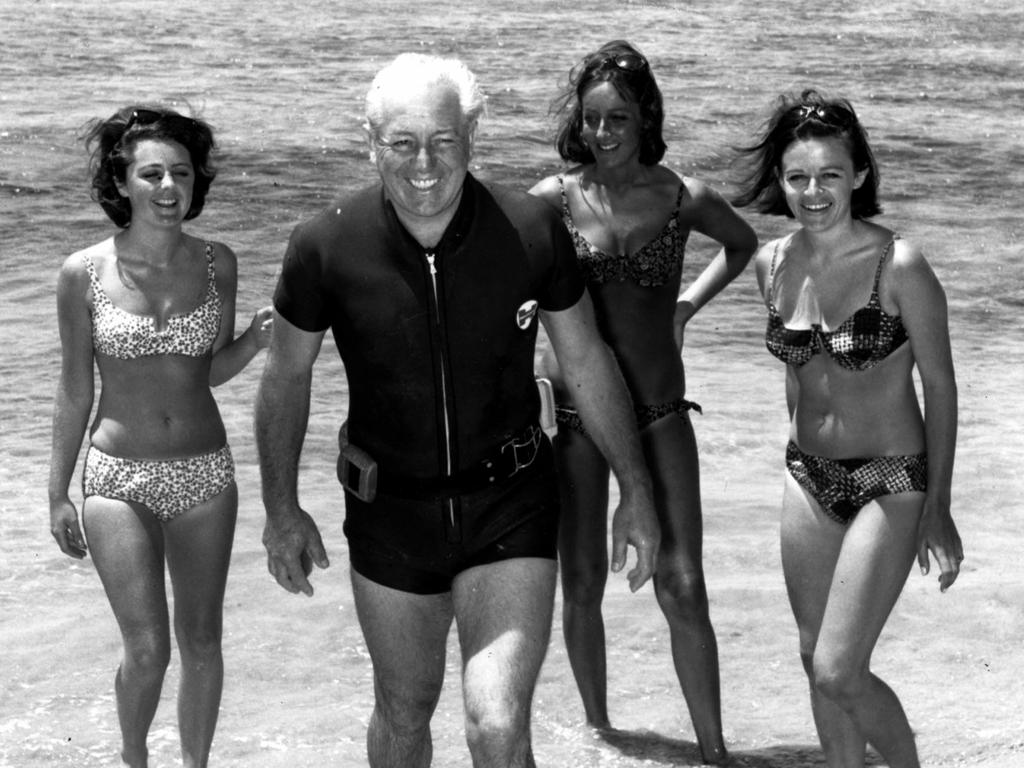


To join the conversation, please log in. Don't have an account? Register
Join the conversation, you are commenting as Logout